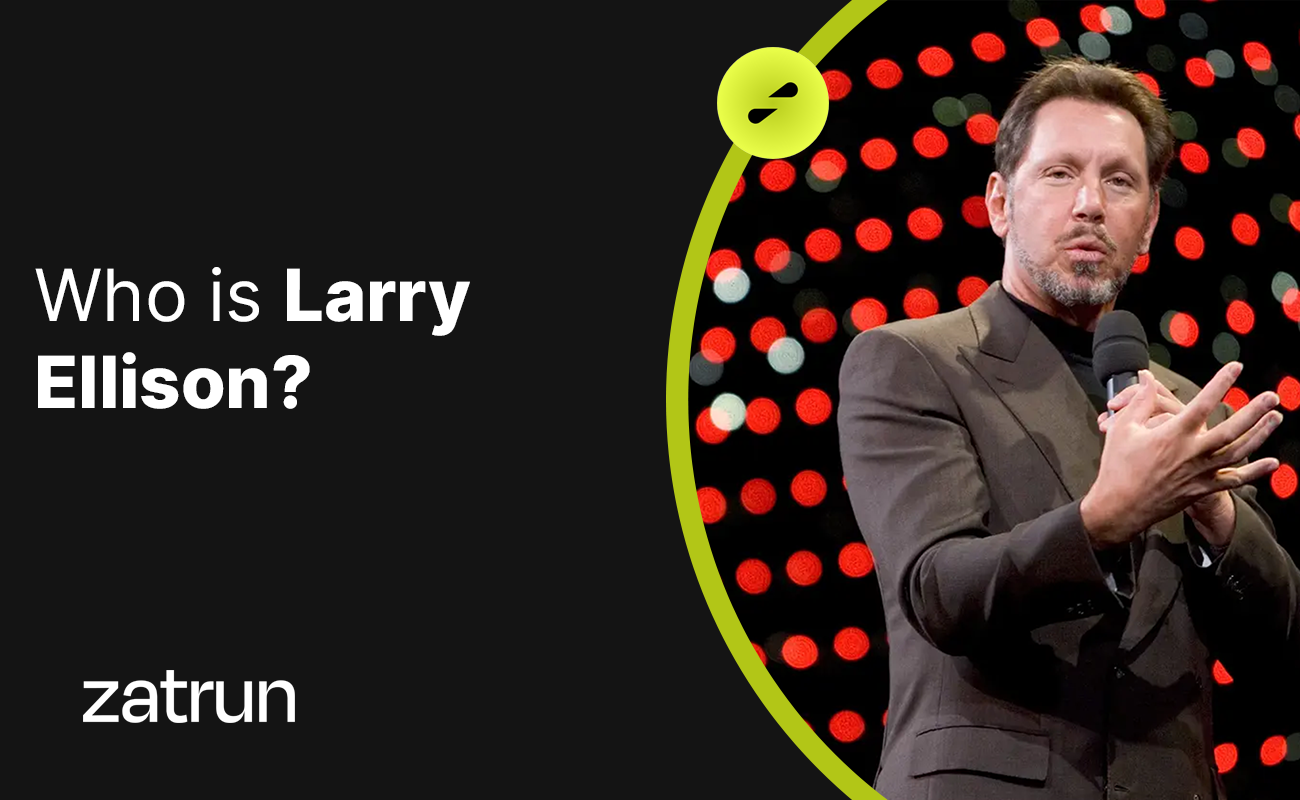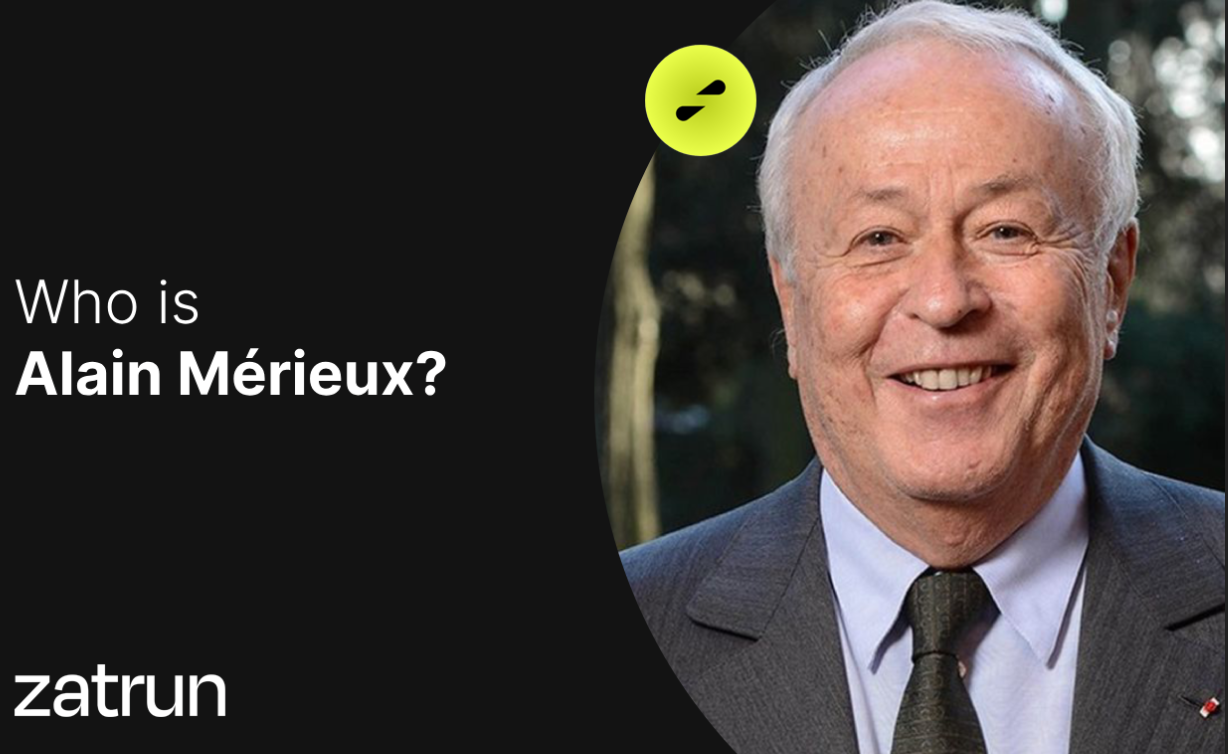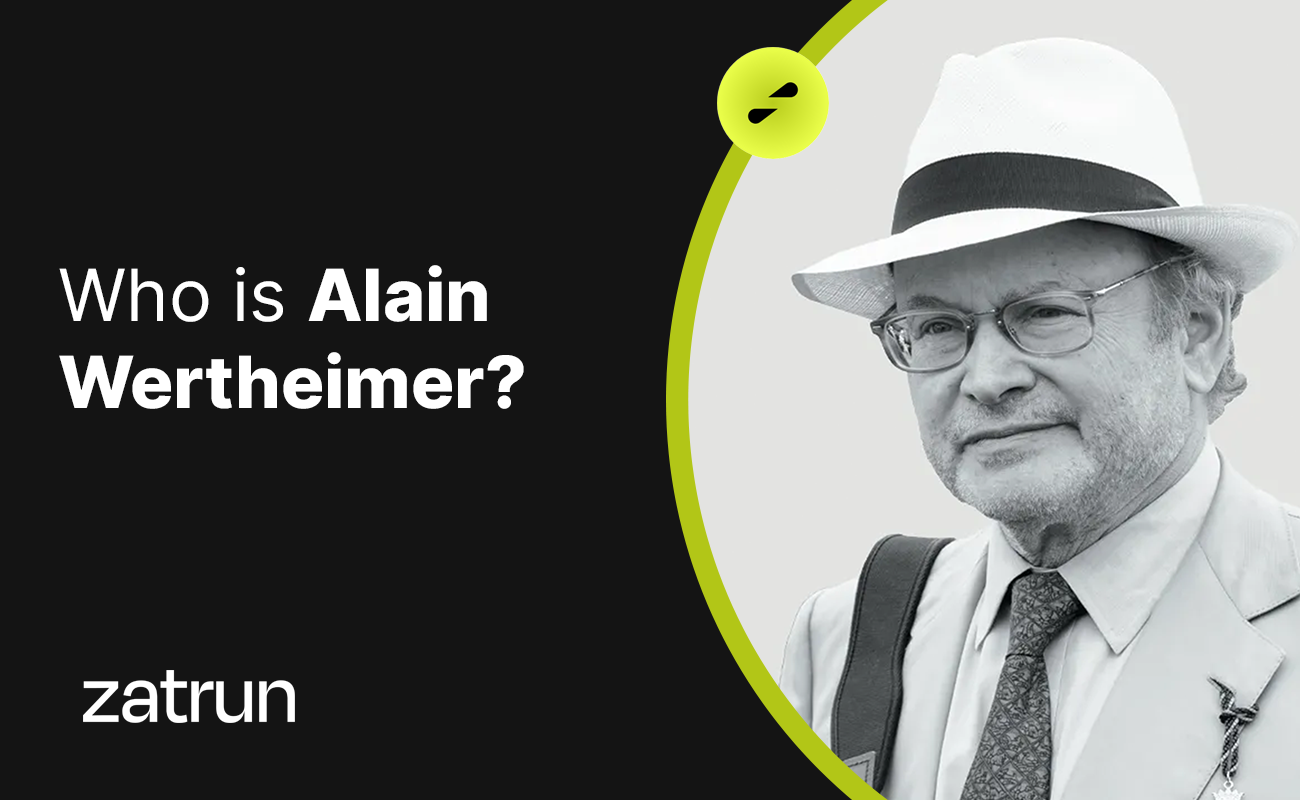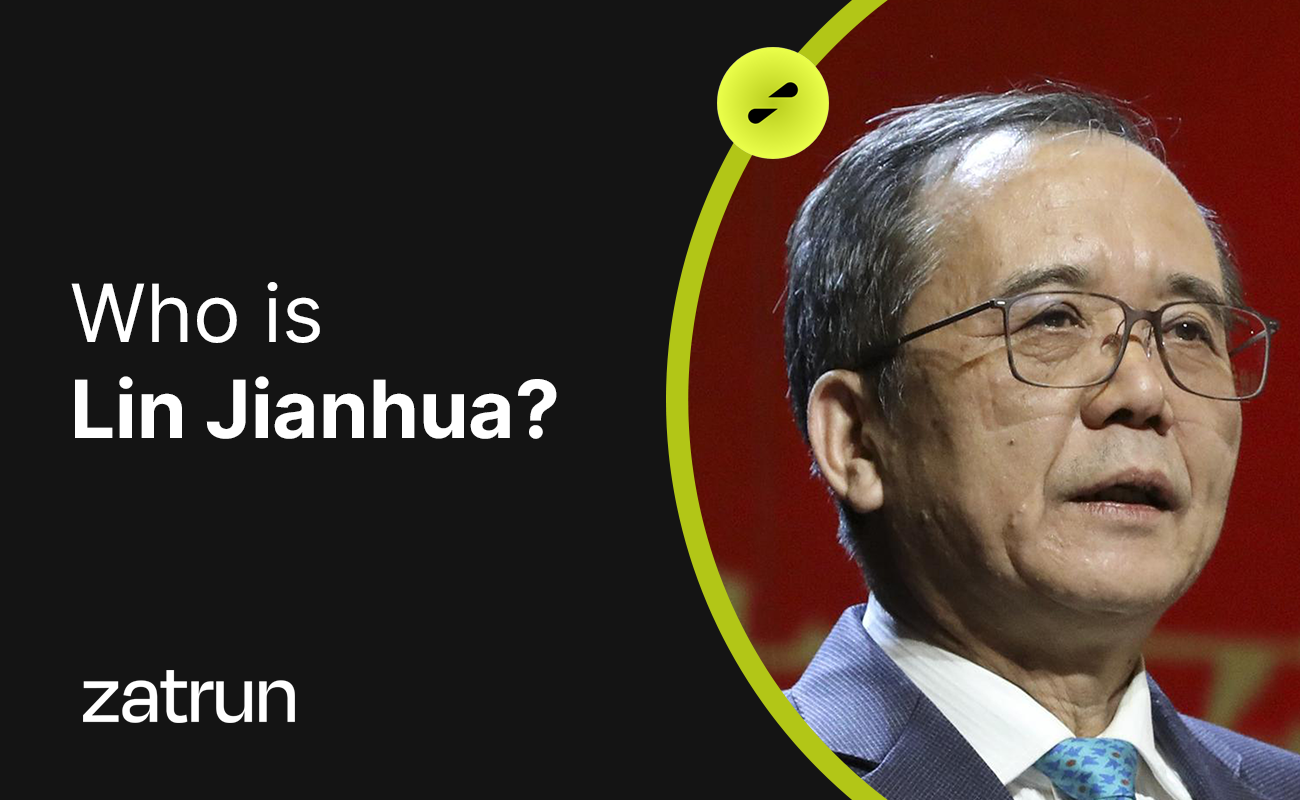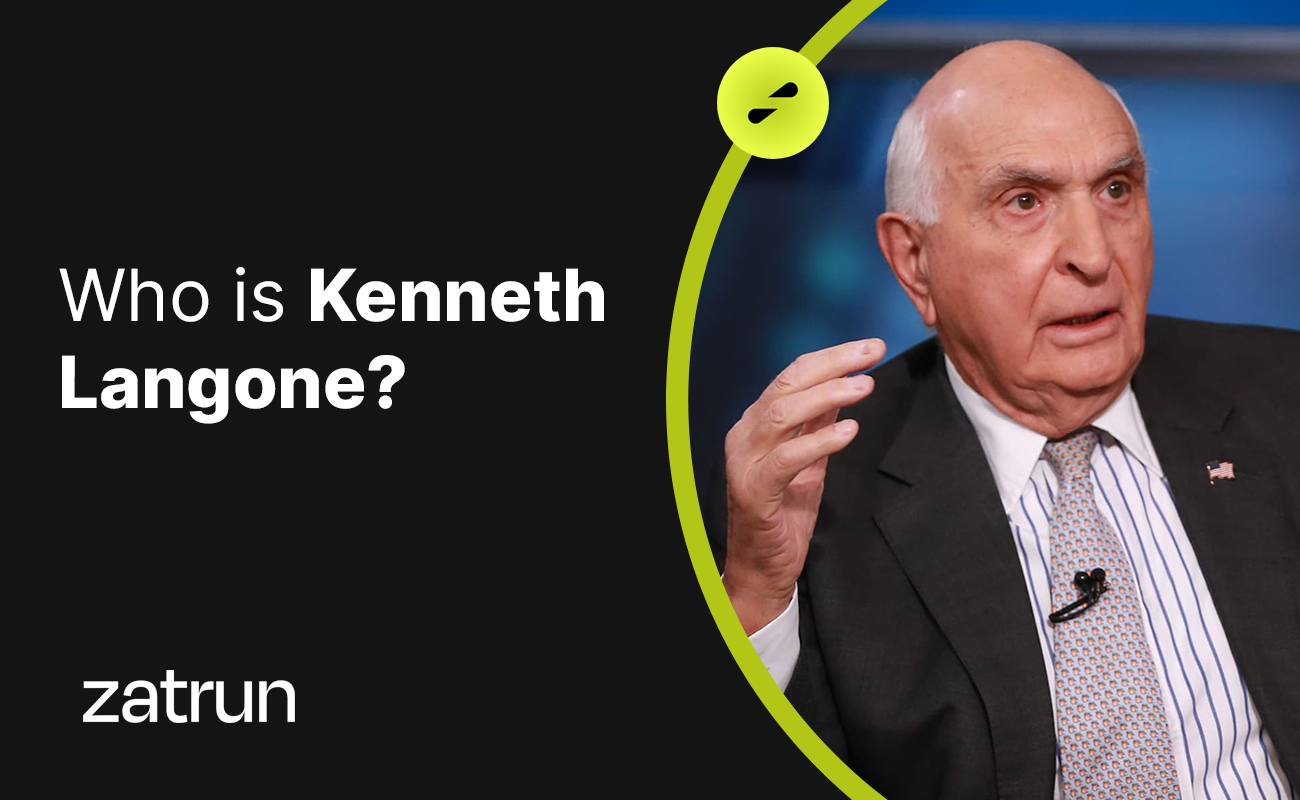Synthetify was designed inspired by the growth of Synthetix, a derivative platform based on the Solana blockchain. The protocol enables the production, exchange, and burning of price-fixed synthetic assets supported by a decentralised oracle system. In Synthetify, the production and exchange of artificial assets are based on a shared pool of public debt resources, generating almost unlimited liquidity and no slippage, even for large transactions.
When participants act as a counterparty in borrowing and lending transactions, they earn proportional currency gains. Debt pool participants must always have sufficient SNY coin holdings to ensure platform stability. SNY is the native cryptocurrency of this platform and has many use cases, which we will explain in this blog post on Zatrun.com. Let’s examine what Synthetify is, how it works, and analyst comments on SNY coin together.
What is Synthetify and How Does It Work?
Currently, most DeFi applications are built on Ethereum or other EVM-compatible blockchains. This results in Ethereum being slow and its use unreasonably expensive. Synthetic asset protocols built on Ethereum often face significant problems, such as high fees during sharp market movements, long confirmation times, and losses caused by arbitrage. Synthetify was launched to address these issues. The platform is a decentralised protocol built on Solana.
Synthetify users have the advantage of creating, trading, and burning synthetic assets through the platform while relying on price data provided by a decentralised pricing system. The protocol does not use an order book, so there is no slippage, even in volatile markets. Therefore, the price remains fixed regardless of the transaction amount. Synthetify supports many major crypto assets, such as BTC, ETH, and SOL. There are five wallets that users can access to use the platform: Phantom, Sollet, Math Wallet, and Solflare.

The synthetic assets created on the Synthetify exchange follow the price of underlying assets provided by decentralised oracles. All synthetic assets are based on the SPL and operate similarly to tokens on Solana. This provides almost frictionless integration, allowing interoperability. The network operates using a Proof-of-Stake mechanism. This means that users can passively earn yield by staking their cryptocurrency. Every transaction on the network generates proportional exchange fees and benefits those who stake.
Exchange transactions on Synthetify are carried out in a public debt pool, providing users with almost unlimited liquidity and 0% slippage even during large transactions. Users can easily switch between different synthetic asset types by linking a wallet without going through a KYC process or having the necessary SNY tokens.
What is SNY? Is It a Good Investment?
Synthetify Token (SNY) is a cryptocurrency that can be used for various purposes. For instance, you can stake SNY coins in a smart contract to use the token as collateral. This enables you to create synthetic assets. To trade on the platform, adjust protocol parameters, or list new assets, you need to hold SNY coins. Additionally, to earn proportional exchange fees, you must have enough SNY collateral in the public debt pool.

The derivative market is still a potential market in the DeFi world due to the significantly higher number of spot users than derivative users. Synthetify provides a low-cost, almost instant confirmation time, non-slippage, and decentralised synthetic asset protocol. Thus, it provides a seamless experience and several advantages to its users compared to its competitors. As a result, if SNY coin does not fall behind its competitors, it is a promising project and directly benefits from the developments on the Solana blockchain.


